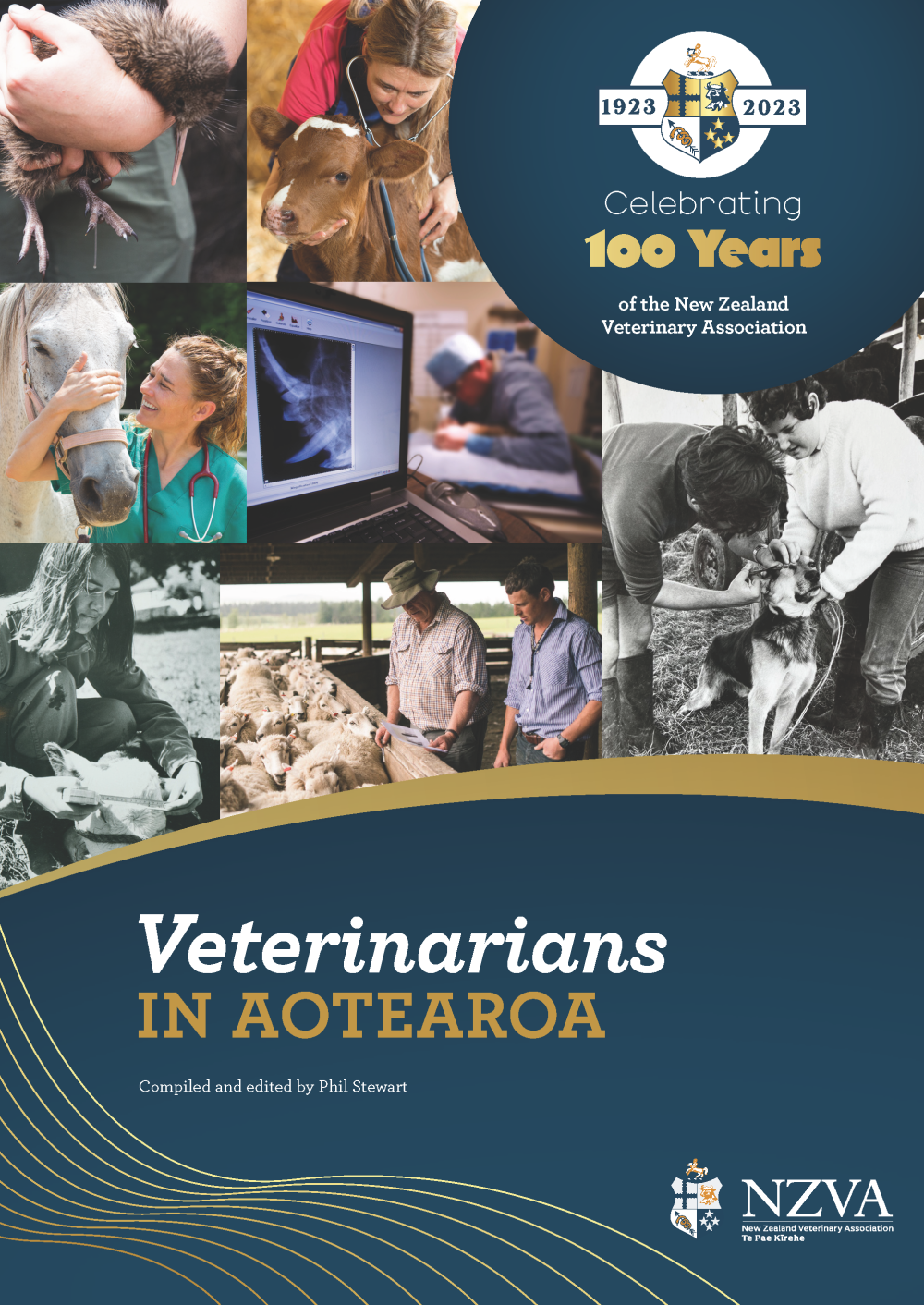Veterinarians in Aotearoa - Celebrating 100 Years of the NZVA
$30.00
Please sign in or register to purchase this product.
This publication celebrates 100 years of the New Zealand Veterinary Association (NZVA).
This is not meant to be a blow-by-blow history of the Association. Rather, it is designed for browsing – something readers can dip into according to their interests.
To see a list of the Table of Contents please download here.
The book builds on our predecessor publication, And while you’re here: A brief history of the New Zealand veterinary profession, which was released by the NZVA in 1998 to mark the Association’s 75th anniversary. While it draws a limited amount of content from the earlier book, in the interests of continuity – especially concerning the history of the NZVA and the earliest days of the veterinary profession in Aotearoa New Zealand – this is essentially a new perspective with fresh stories.
With such a diverse and rich history for the NZVA and veterinary profession, assembling this book has, by necessity, been selective. While we are confident that readers will enjoy what is in these pages, we also acknowledge that many great stories from the veterinary profession still remain to be told. We hope that reading this book will inspire others to seek out, capture and share some of these for posterity.
The framework for this book has, of course, been the NZVA and three chapters are devoted to the Association’s history. Chapter 4 details developments from the earliest days of the NZVA and features some of its most important contributions, including advocacy, continuing education, publications, professional indemnity cover and supporting the welfare of its members.
Chapter 5 takes a fascinating tour of NZVA history through the eyes of its leaders, throwing light on the concerns of the Association and the profession through the decades. While some issues have been ephemeral, other themes have continued to exercise the minds of veterinarians and their leaders for generations. A perennial issue has been the concerns about over-dependence on revenue from drug sales, while veterinarians through most of the 100 years have been frustrated that the full range of their capabilities – advising farmers on productivity gains, for example – are not always appreciated or valued. In Chapter 6, we take a closer look at the workings of the Association through its branches.
There is much more besides. Our opening chapter looks at the evolution of the profession over the 100 years, from a small group of mainly government (and exclusively male) veterinarians to a large, diverse profession working in a much broader range of fields. The second chapter focuses on just one of these areas: the contributions of veterinarians carrying out research in practice. Chapter 3 highlights some of the New Zealand’s major animal welfare challenges and achievements.
Following the three chapters documenting the history and roles of the NZVA and its branches, Chapter 7 documents the evolution of the legal framework that directly and indirectly guides the profession. In Chapter 8 we look at the role of veterinarians in the state sector today, specifically in the areas of biosecurity, food safety, trade and veterinary medicines.
No book about the veterinary profession in New Zealand would be complete without mentioning the veterinary faculty at Massey University, and Chapter 9 documents everything from the earliest attempts to set up a vet school to the latest innovations at a faculty that has now been teaching New Zealand veterinarians for 60 years.
The best people to tell veterinary stories are of course veterinarians themselves and Chapter 10, Veterinary People, gives a voice to veterinarians through in-depth profiles, ranging from those who have just started out, back to others who graduated in the 1950s. We also have a selection of short biographies of key figures from the early 20th century. As noted above, the diversity of the profession is such that readers are bound to question why some individuals have been included and others missed. Such is the nature of the veterinary profession.
Our final chapter, Beyond 100, looks at the environment that new graduates are entering as the NZVA celebrates its centenary. As well as the emerging challenges such as climate change, antimicrobial resistance and the declining efficacy of some anthelmintics, we also touch on the innovations that veterinarians of the 1920s could never have imagined, and what’s being done to ensure a more resilient profession as we enter the next 100 years.
Finally, some housekeeping. Many people have contributed to this book. Those who have written particular sections are acknowledged where these occur, but there is also a complete list of acknowledgements at the end of Chapter 11.
We have included a comprehensive table of contents and an index to help readers quickly find what interests them most. (We have also added mini tables of contents for two of the longer chapters.) References are generally added as footnotes on the pages where they occur. In the few places where there are numerous references, these are listed at the end of the chapter or section.
Putting this together has been a big but enjoyable task and it was an honour to be asked to compile and edit the publication. I would particularly like to thank the NZVA publications committee members who have supported and guided me through this process: Roger Marchant (chair), Chris Kelly, John Smart, Bob Gumbrell and Leanne Fecser. Your tremendous professional and institutional knowledge has been invaluable.
Phil Stewart, Editor

